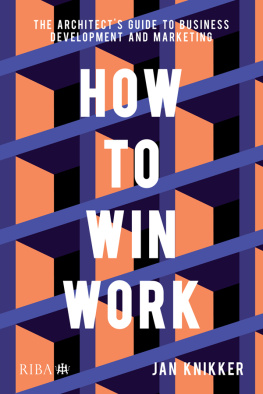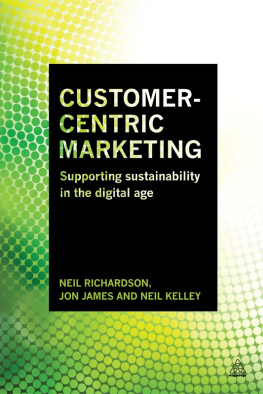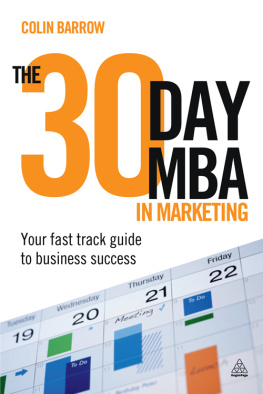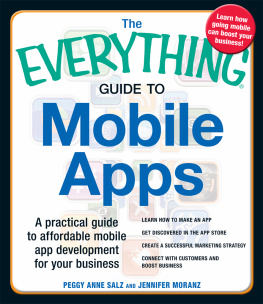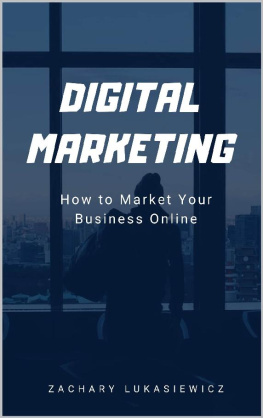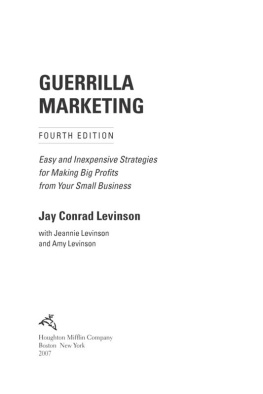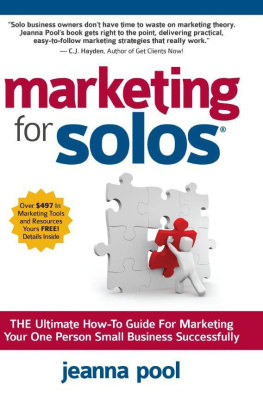Thanks to
Amanda Rooseboom (MVRDV) for her never-ending patience and support organising my schedule.
Antonio Luca Coco (MVRDV) for his priceless help with the renders.
Carl Turner (Turner Works) for showing how architects can transform themselves.
Christiane Brklein (MVRDV) for proofreading and removing the skinny white male overload.
Clare Holloway (RIBA) for her incredible support in making this book and her critical comments. Writing a book with such a support system is amazing.
David Miller (DMA) for sharing his special technological niche.
Edmund Fowles (Feilden Fowles) for sharing his insight into seizing business opportunities.
Elizabeth Webster (RIBA) for her great support and taking over during the lockdown. Any silly question by me was answered immediately.
Hazel Rounding (shedkm) for sharing her view on architecture and business.
Helen Castle (RIBA) for initiating this book and supporting me by challenging me to think even harder about my work.
Inger Kammeraat (MVRDV) for proofreading and softening my rough edges.
Irene Start (MVRDV) for proofreading the PR part.
James Crawford (Studio MUTT) for sharing his wonderful experience on how to become famous on Instagram.
Jessica Cullen (MVRDV) for her massive and daunting task of changing my Denglish (a mix of Dutch or Deutsch (German) and English) into a proper English, while maintaining the tone and bite of the texts.
Lachlan Anderson-Frank (Lichfields) for proofreading the PR part.
Malcolm Reading (Malcolm Reading Consultants) for his generous advice to architects. Mariana Idiarte (Mariana Idiarte Business Consultant) for proofreading the sections on contracts, fee proposals and legal procedures.
Mathew Giles and Matthew Ashton (MgMaStudio) for their inspiring account of growth in crisis times.
Miruna Dunu (MVRDV) for her precious help with the diagrams.
My family for their never-ending love, care and patience.
Nanne de Ru (Powerhouse Company) for his strategic explanation of how to become a sizable office.
Oana Rades and Harm Timmermans (Shift A+U) for always questioning my advice and hence challenging me.
Phil Coffey (Coffey Architects) for sharing his business insight and his ethos.
Suzanne van der Pluijm (MVRDV) for helping to organise and looking for images; it was a tough job because many practices dont reply to such a request or demand access to the text or ask for high fees.
Suzy Jones (RIBA North) for finding the right interview partners in Liverpool.
V8 Architects for sharing their great story of growing their practice.
Winy, Jacob and Nathalie (MVRDV) for allowing me to write this book. As we became more media savvy in the late 2000s, they kept inviting architect-friends for fast sessions with me to explain how PR works; this made me work on lectures and on sharing my knowledge.
Without the kind support of all these people, this book would not have been possible.
CHAPTER 1
HOW WE ARE SUPPOSED TO WORK FOR FREE
Does this situation sound familiar? At a birthday party, a fellow architect boasts about an exciting new project they have recently acquired. Upon further enquiry, they reveal that in fact they slaved over a concept sketch or perhaps managed to coax their client into a commission with a free design to secure the project. These rather intensive and resource-exhaustive periods of unpaid work are not unusual for architecture practices. Yet architecture is not the only discipline to suffer this. It is a scenario common to other creative industries, such as advertising or fashion. Sometimes, working for free can prove a useful strategy to acquire significant long-term projects. It also gives both parties an opportunity to test drive the working dynamic. Nevertheless, it renders the creative work produced worthless. Most egregious is the fact that designers wilfully subject themselves to this exploitation. By surrendering time, energy and resources without pay, designers reinforce the widely held, but very wrong, assumption that creativity and ideas are free.

MLBS Architects Guggenheim Helsinki proposal, one of 1,715.
The infamous Guggenheim Helsinki competition of 2014 is perhaps the most striking example of the devaluation of the architectural idea ( ). Some 1,715 architecture teams submitted complex and creative designs without payment for time and talent. Assuming each practice worked 200 hours on their designs and that these hours were each worth 60, this adds up to an investment of over 20.5 million for a project that may never be realised.
When Sheela Maini Sgaard started at Bjarke Ingels Group as chief financial officer, the practice was overextended by unpaid work. She immediately put an end to this, with the intervention of common sense: She got them paid. Recognising that the architecture industry was rife with free work, Sgaard brought what Ingels calls a f*** you, pay me attitude.

